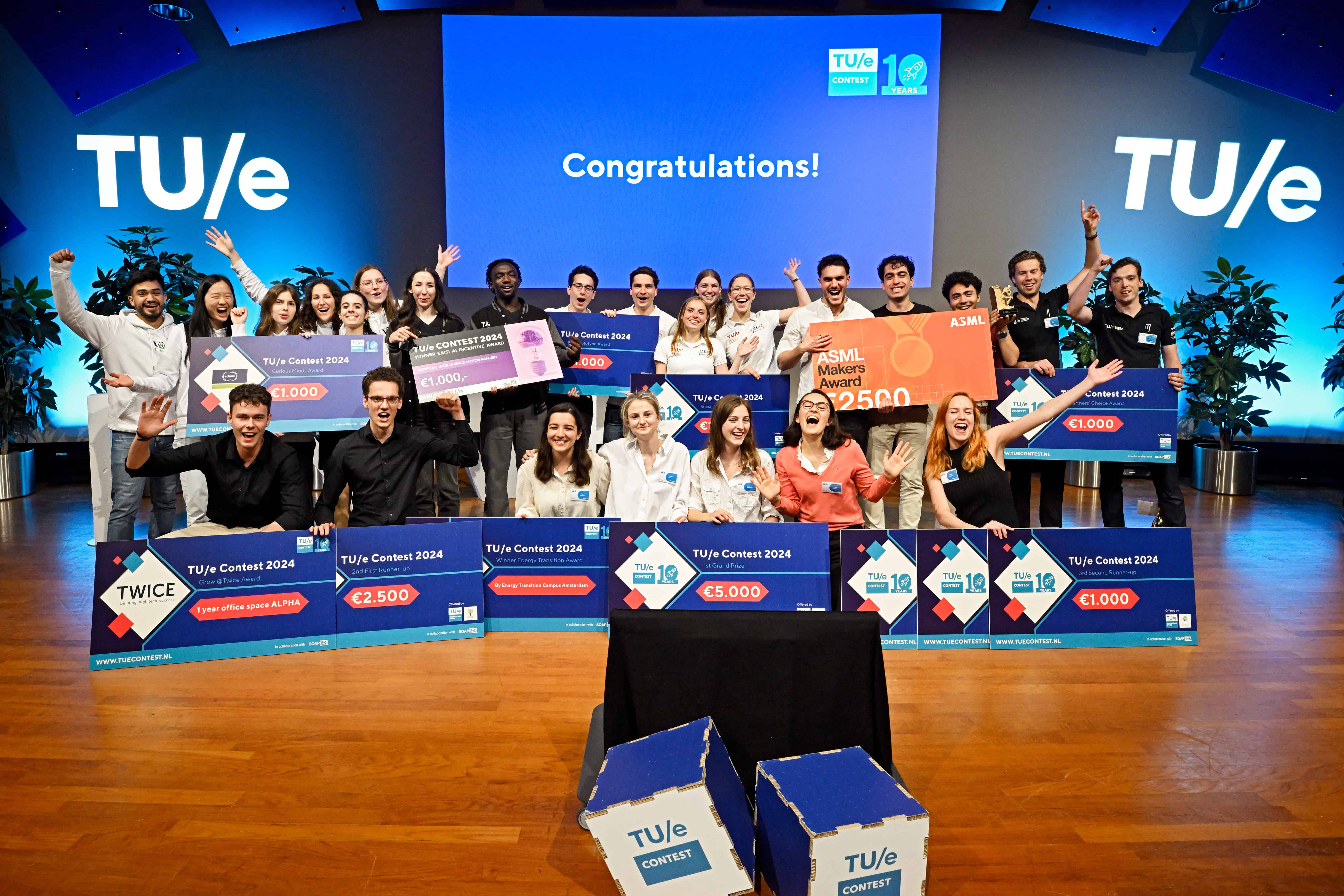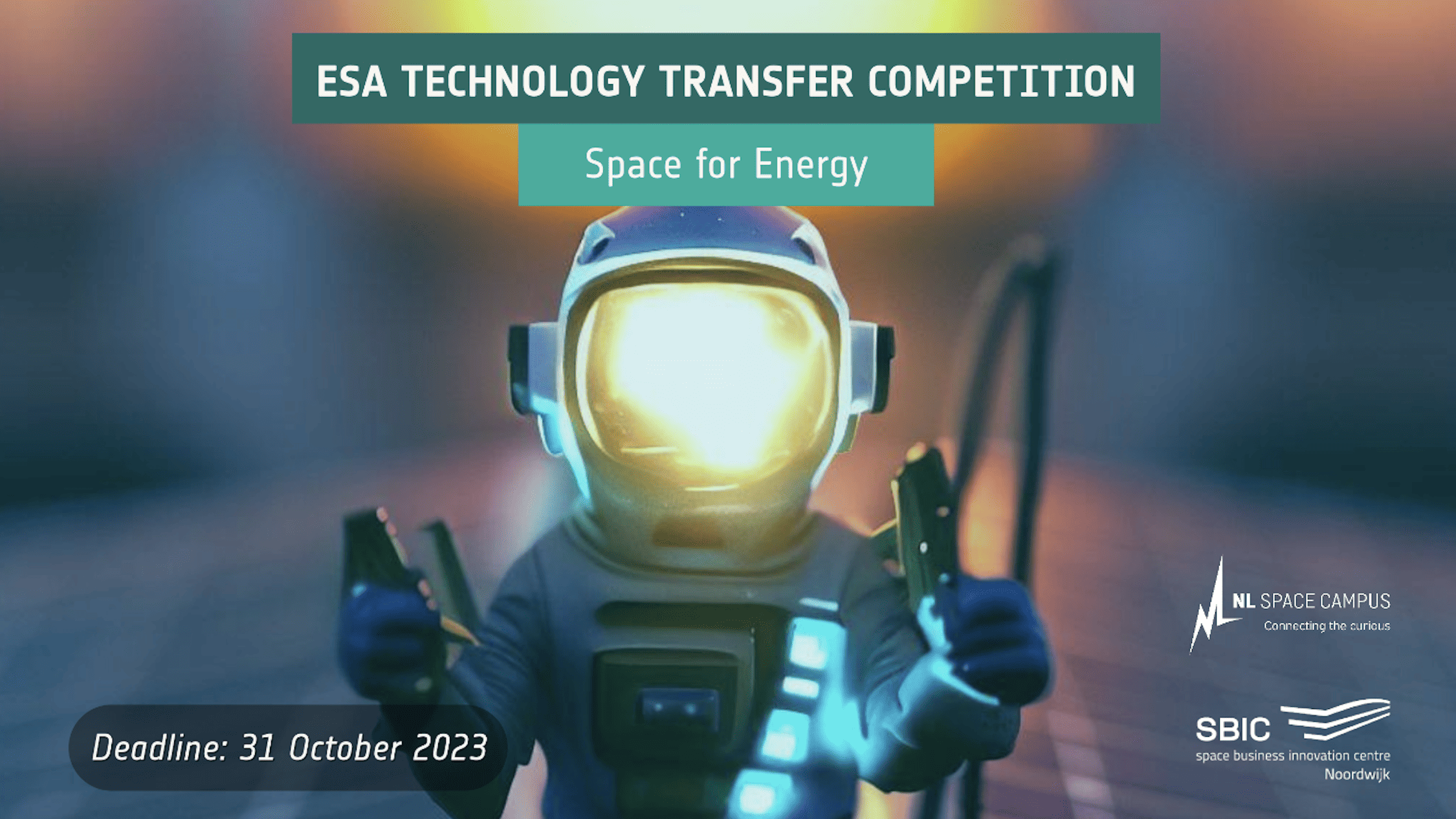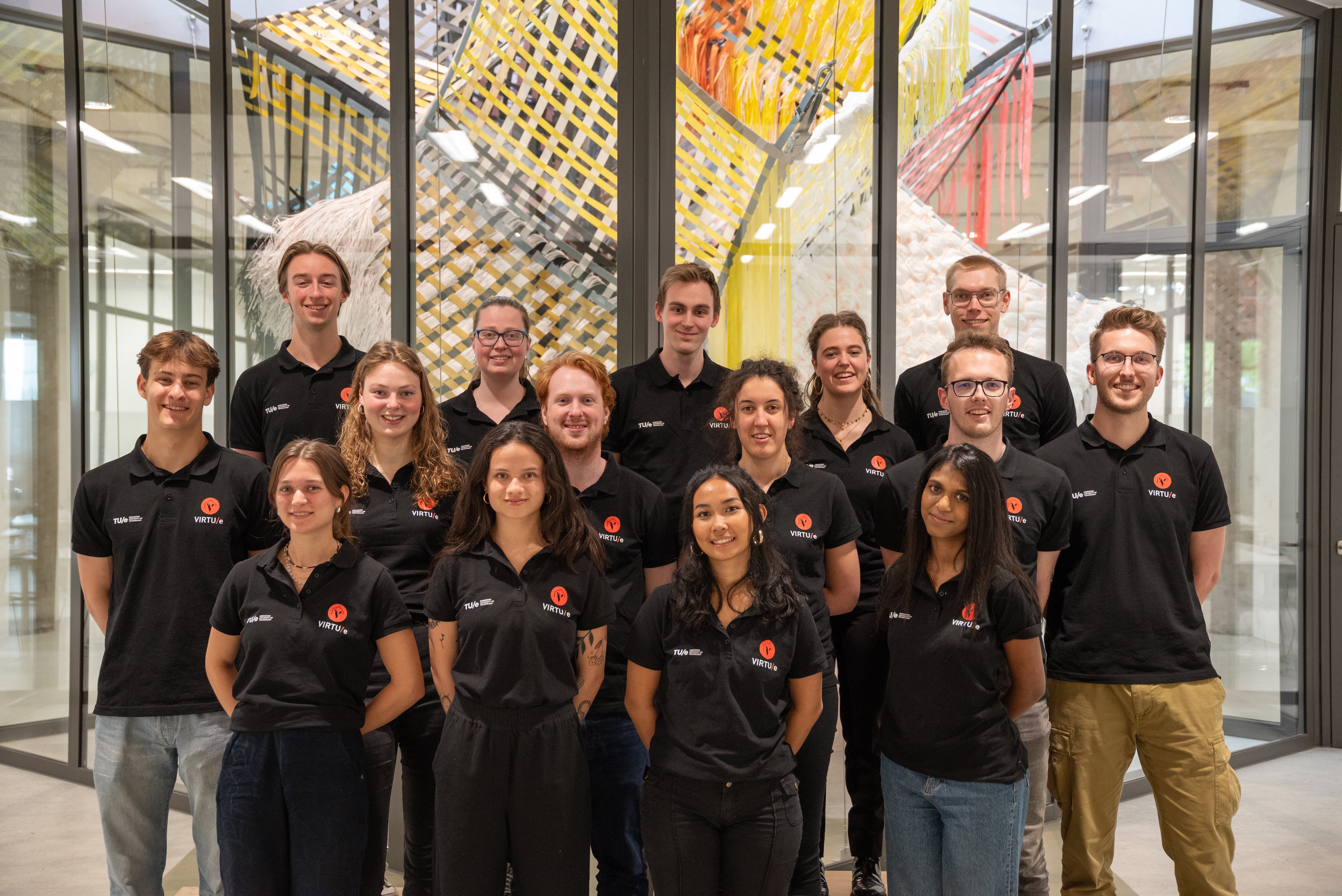
Eating insects is a huge step for many people. But if it’s up to the Printec Bites student team, their product will make the consumption of insects a lot more appealing. After all, Printec Bites makes 3D-printed food products derived from insects that are not only sustainable and healthy, but also look delicious.
The team – consisting of TU/e students Margarita Kuzina, Luuk van Duin, Jason Heinrichs and Demi Jansen – is taking part in the TU/e Contest innovation competition. This is an initiative from TU/e Innovation Space where students are given the opportunity to flesh out their own concepts, and ultimately present a business plan to a jury.
Why did you opt for this concept?
“Margarita Kuzina presented this concept to the TU/e innovation Space. The Printec Bites team formed when three fellow students joined six months later in order to compete in the TU/e Contest. The reason why we chose this product is because, by using insects, it can contribute significantly to the world where famine, reductions in CO2 emissions and public health are concerned.”
What are the advantages of 3D printed food?
“Food can be processed in a variety of ways using 3D printing technology. For example, new textures for meat substitutes can be created, food can be printed in interesting and decorative shapes, and it is also possible to customize food by adding precise doses of nutrients.”
Why do you use insects?
“Insects are a sustainable food source. There are thousands of insect species that are eaten throughout Asian and African countries. Nevertheless, this is not yet the case in Europe. If we eat insects more often in the West, we can reduce carbon dioxide emissions caused by large-scale industries. What’s more, insects have a high nutritional value. Mealworms, for one thing, have a higher nutritional content than beef.”

How does it work?
“We use mealworms as a basis for the paste that we then print into shapes like bars or biscuits. As such, we don’t make complete meals. The worms are freeze-dried, ground into granules and separated into proteins and fats in water. Once a filtration process has been completed, a paste is left in which flavors can be added. For example, vanilla or chocolate. The insects are no longer detectable in the final product. This means that the visual aspect, which normally prevents people from eating insects, no longer plays a role.”
What is your greatest challenge?
“The process of separating the insects’ proteins and fats. We need a paste that is rich in proteins and fats. A high density of these affects the viscosity of the paste. This can damage the nozzle of the printer and cause it to become unstable. We like to find our own solutions, however, processing the insects without toxic agents has proven to be quite difficult. Perhaps we should outsource that process in future.”
Will we see Printec’s products in the supermarket anytime soon?
Printing food is a rather slow process that isn’t suited to mass production at the moment. In order to produce 3D printed food on a large scale, the printing technology needs to be developed further. We are focusing on niche markets for the time being. Our products are mainly intended for professional groups such as top athletes, military personnel or astronauts. That’s because we can precisely match the nutrients and flavors of our products to a specific diet.
At this stage, Printec Bites’ products are still in the development phase, and the team’ activities are limited to the TU/e. As a result, it is unclear if the insect snacks will be brought to the market. Once the corona crisis is over, the students will continue their work in order to make Printec Bites successful in the future.
Read more about the TU/e Contest here.
Read more about 3D printing here.








